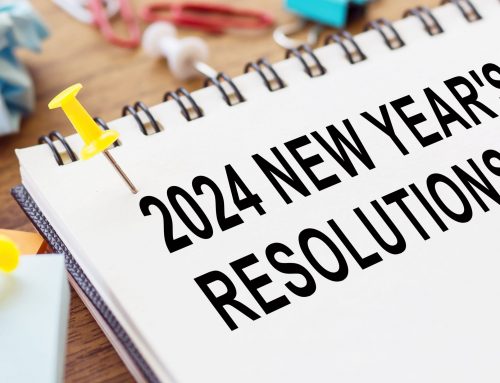Today, I am a brand manager. But, not so long ago, I worked in an education space. I think I still speak the language. I understand what drives change. Not surprisingly, the non-education world works about the same. Impact has to be measured and communicated so that people feel confident about the work we are doing.
Educators are held to an unfair standard most days. We need to teach our kids the curriculum, life skills, social-emotional skills and get them ready to thrive in the world. To do this, we have to constantly measure impactful practices. And more importantly, we need to share them widely.
The kinesthetic classroom—aka active seats, standing desks, activity/brain breaks—has an IMPACT. The research is vast and constantly evolving. A study out of UCLA recently talked about the long-term health impacts of sitting too much. The CDC says it is society’s new cancer. But, to convert 100+ years of classroom culture, it is imperative that we are showing the impact.
Whether applying for a grant or fundraising with your community, the question you should expect to get asked often is, “How are the changes you made working?” In my experience in education, whether working with a donor, a dean of students, or even some of my students, the answer “they are doing better” was never enough.
How to Measure the Impact of a Kinesthetic Classroom
Here are a few ideas to get you started:
- Think about how you currently measure your classrooms to establish your baseline.
- Test scores?
- Number of negative behaviors?
- Classroom interruptions?
- Transition time?
- How much were you repeating information?
- Peer-to-peer interactions and problem solving?
- Establish clear and concise outcomes that align with your controls and are quick to measure. Can you answer the questions above differently? Can you measure individual student performance as well as classroom performance?
- Provide ample time to see results. Most studies measure at least 12 weeks.
- Consider who will want reports about these types of things and brainstorm the types of questions you expect to have to answer. Make sure you ask yourself qualitative and quantitative questions. Everyone will want data.
- Measurement should not be hard or extensive. You have enough to do each day- don’t add too much.
Good luck on this journey!

Matt Levine is the Brand Manager for Moving Minds. He holds an Master of Education, Educational Leadership and Policy Studies from Iowa State University and a Bachelor of Arts in Psychology from Drake University. Matt came to Moving Minds in 2018 after working in higher education for more than 10 years, serving time in student life and activities and leadership development programming. When Matt is home and not chasing his two kids Ellie and Will around the yard (who are typically chasing their dog Ruxin around the yard), he enjoys cooking with his wife Anne, and embracing the outdoor activities that Minnesota offers!





Leave A Comment